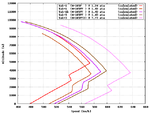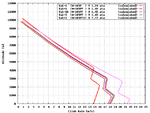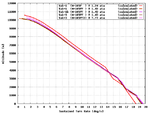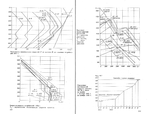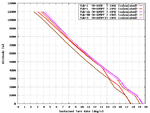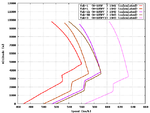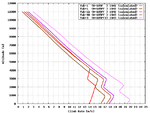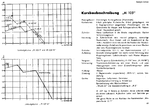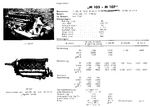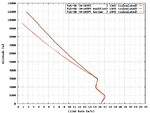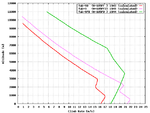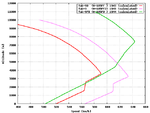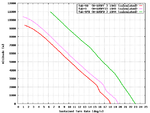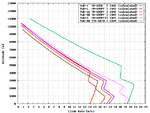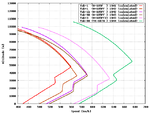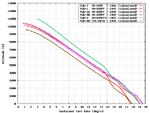Hi everyone,
Here is a preliminary performance comparison between the various fighters of the Yakovlev family.
(This thread is a spin-off from Clay's thread here: http://www.ww2aircraft.net/forum/aviation/p-40-vs-yak-1-vs-hurricane-17485.html )
I have restricted myself to the most typical ones with M-105P, M-105PF and M-105PF engines. One reason for that is lack of data - anything on other engines used in the Yaks and even on these three engines would be welcome! The M-105PF2 power graph I used is semi-synthetic, based on the assumption that the PF2 was the same as a PF, but cleared for higher boost pressures. The M-105P and PF power graphs are from a scan that appears to be a German wartime summary.
For the basic speeds, I have mainly relied on data reproduced from Yefim Gordon's and Dmitri Khazanov's Soviet Combat Aircraft of the Second World War Volume One: Single-Engined Fighters. (Thanks, Juha!
To minimize possible errors from the semi-synthetic M-105PF2 power graph, I have based the Yak-3 speeds on the sea level speeds, while the other graphs are calibrated for absolute top speeds.
With the faster variants, there appears to be a mismatch between calculated critical altitude and recorded critical altitude. I'm not sure about the reason, some of it might be an artifact of the possibly slightly inaccurate German power graph.
The results are not definite yet, but generally I'm quite happy with them. Better source data might still allow improvements.
A power graph for the V-107A would be welcome as it would allow the inclusion of the Yak-9U!
Regards,
Henning (HoHun)
Here is a preliminary performance comparison between the various fighters of the Yakovlev family.
(This thread is a spin-off from Clay's thread here: http://www.ww2aircraft.net/forum/aviation/p-40-vs-yak-1-vs-hurricane-17485.html )
I have restricted myself to the most typical ones with M-105P, M-105PF and M-105PF engines. One reason for that is lack of data - anything on other engines used in the Yaks and even on these three engines would be welcome! The M-105PF2 power graph I used is semi-synthetic, based on the assumption that the PF2 was the same as a PF, but cleared for higher boost pressures. The M-105P and PF power graphs are from a scan that appears to be a German wartime summary.
For the basic speeds, I have mainly relied on data reproduced from Yefim Gordon's and Dmitri Khazanov's Soviet Combat Aircraft of the Second World War Volume One: Single-Engined Fighters. (Thanks, Juha!
To minimize possible errors from the semi-synthetic M-105PF2 power graph, I have based the Yak-3 speeds on the sea level speeds, while the other graphs are calibrated for absolute top speeds.
With the faster variants, there appears to be a mismatch between calculated critical altitude and recorded critical altitude. I'm not sure about the reason, some of it might be an artifact of the possibly slightly inaccurate German power graph.
The results are not definite yet, but generally I'm quite happy with them. Better source data might still allow improvements.
A power graph for the V-107A would be welcome as it would allow the inclusion of the Yak-9U!
Regards,
Henning (HoHun)

